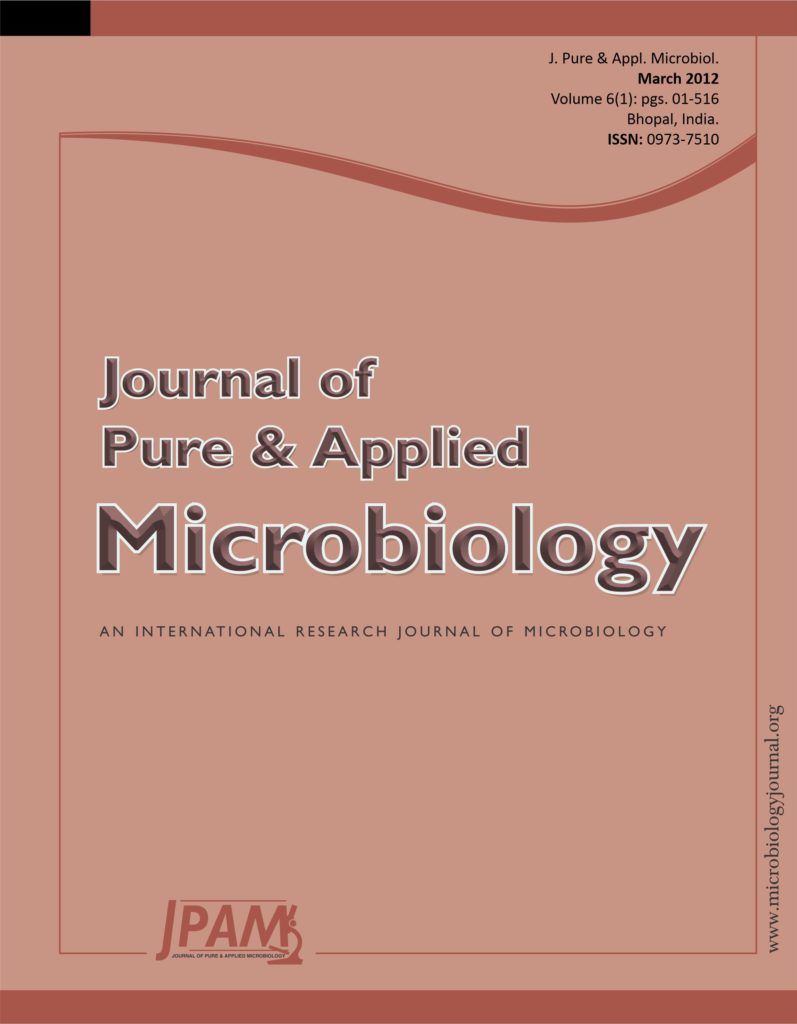The root nodules of Cajanus cajan (L.) Millspaugh, a leguminous medicinal plant, was determined to contained high amount of ascorbic acid (AsA). A Glucose pool present in the root nodule might serve as precursor for AsA production. A symbiont was isolated from root nodules of the plant and was identified as a Rhizobium sp. based on biochemical and 16S rDNA based molecular phylogenetic approach. The symbiont produced large amount of AsA (640 µg/ml) from glucose supplemented basal medium. The production of AsA by the symbiont was increased to a greater extent than over control when the glucose (1.0 %) supplemented mineral medium was enriched with biotin (20 µg/100ml), thiamine hydrochloride (20 µg/100ml) and L-glutamic acid (0.2%). Our result supported the modern concept that AsA was also synthesized in root nodules of legume and refute the earlier concept that root nodules can not synthesize AsA.
Cajanus cajan, Rhizobium sp., Ascorbic acid (AsA), Root nodules
© The Author(s) 2012. Open Access. This article is distributed under the terms of the Creative Commons Attribution 4.0 International License which permits unrestricted use, sharing, distribution, and reproduction in any medium, provided you give appropriate credit to the original author(s) and the source, provide a link to the Creative Commons license, and indicate if changes were made.


